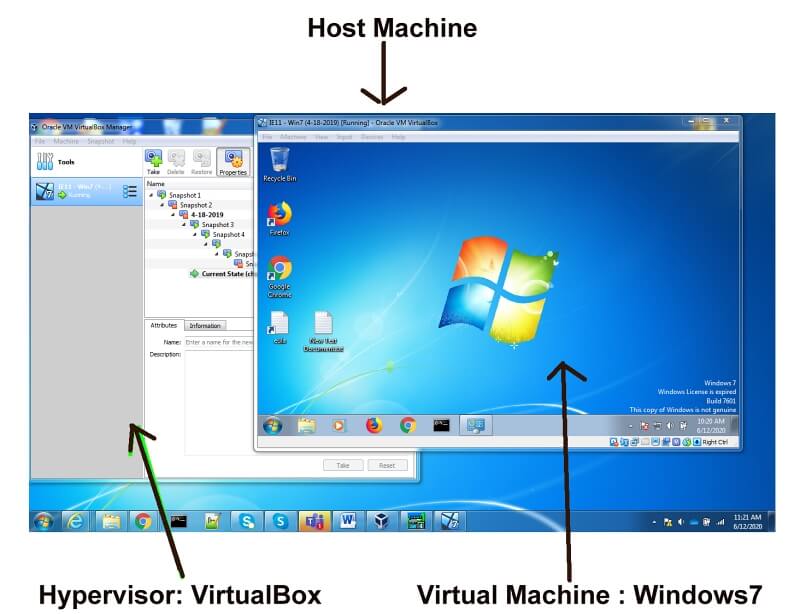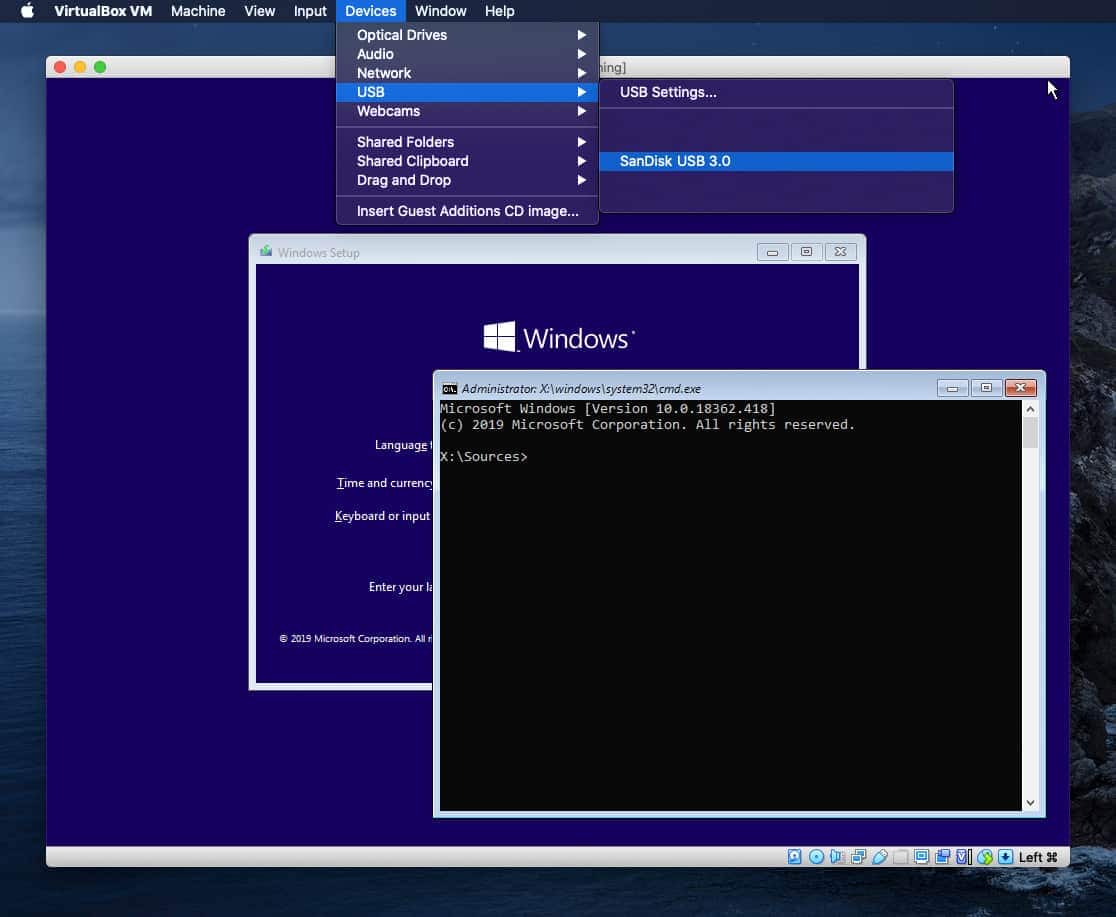
#Windows vm on mac external drives windows 10#
Obviously, you need the Windows 10 ISO, but that’s not the interesting part.
#Windows vm on mac external drives how to#
Over this whole process, you’ll learn how to manage drives using DISKPART, install Windows using DISM in command prompt, and how difficult it is to work around Apple’s kernel for Macs. We’ll be using Terminal on macOS and Command Prompt on Windows. GUI installers are pretty convenient, huh? Well, we won’t be using those in this guide. This guide is geared towards UEFI Macs which are models from 2013 and above. Granted, you might have to do some additional steps for pre-UEFI systems but we won’t be doing that here. I’ve tested this on pre-UEFI and UEFI Macs, and it has been working great. If you have extra storage, might as well use Boot Camp to avoid the hassle. So, we’ll be going around that restriction just like how you install Windows on normal PCs. Boot Camp doesn’t allow you to install Windows on an external drive. I’m pretty sure you’ve already figured out why. There’s really not much room there for Windows.īoot Camp is Apple’s way of letting users get Windows on their devices. And if you’re human, 70% of that is already filled with files. Most entry-level Macs only have 128GB of storage. My method addresses the issue on storage.

There are a lot of ways to do this but this method provides more control over the installation process. As per the title, we’ll be installing Windows 10. At this point, I can either work on Windows 10 or Ubuntu (or whatever Linux distro you can think of). Unfortunately, I can’t get SASM to work natively on macOS Catalina for my computer architecture course. Oh almost forgot - Don't use Time Machine for making backups for VMs as that is not a reliable way to do so.Windows 10 on a MacBook | Credit: Anthony Boyd Format the disk as HFS if you only store VMs on it (you don't need APFS disk wide snapshots for a VM, it does not help) Avoid slow laptop kind of drives (5400 rpm rotating disks don't cut it - at all, an absolute minimum would be 7200 rpm disks if you buy a spinning disk instead of a SSD/NVMe type of disk) if you buy an NVMe disk, make sure it isn't connecting via USB3 as you won't be able to use that awesome speed. Use the fastest disk you can afford and use a connection that can cope with that speed. Plan for disaster, just in case the cat uses your disk as a sup board. IOW, make sure you get good and regular backups on another external disk.

I've had disconnects without much damage, but the risk of loosing the whole VM is real. Unplugging a disk by accident when a VM is running on it might corrupt the VM. Depending on an external disk means that your setup is more fragile.

Do not let your hard disk go to sleep (System Preferences -> Energy saver ), you want to prevent macOS from ejecting the disk when a VM is running. On starting up the VM choose "Move" and not "Copy" as copy will make changes to your virtual hardware (new id's, if you run Windows that means re-activate), by choosing "Move" you prevent that from happening.

In fact I've used VMware Fusion for several years like this when I was living abroad.īasically you delete the VM (choose keep) from the VM library, then move (or copy) the VM to your external disk and register it again (File -> Open)


 0 kommentar(er)
0 kommentar(er)
